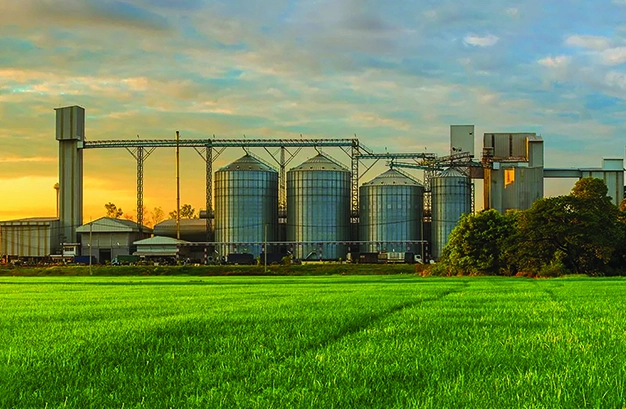Just imagine giving your everything into growing a crop only to see a significant portion of it go to waste before it reaches the market. For many Indian farmers, this is a harsh reality. But there’s hope, and it lies in post harvest management. Let us explain why this is crucial and how it is transforming the lives of farmers across India.
What is post harvest management?
Post harvesting is the process that involves dealing with different procedures and methods implemented after the harvesting of produce, focused on reducing losses, maintaining its quality, and preparing the agricultural produce for market. These steps include washing, sorting, grading, holding, packaging, and transporting produce. Simply put, it’s the same care you dedicate to growing your plants, now applied to the fruits they produce. From the field to the consumer’s plate, postharvest management ensures that all the hard work put into farming is not wasted.
Importance of Post Harvest Management
Reduces Losses and Wastage
About 30-40% of harvested commodities in India spoil due to improper handling, storage, and transportation. This is heartbreaking, considering the time, effort, and resources farmers put into their farms. However, the correct post-harvest practices can greatly reduce these losses.
Preserves Quality and Nutritional Value
Consumers are becoming more health conscious than ever, demanding fresh, high-quality produce. Proper storage and handling ensure that fruits, vegetables, and grains retain nutritional value and visual appeal.
Increases Farmer Income
Better quality and less wastage means farmers can sell more produce at better prices. For example, grain stored in humidity-controlled warehouses commands a higher price than grain damaged by pests.
Expands Market Access
With the help of advanced techniques like cold storage and logistics networks, farmers can now sell their produce in distant markets or even export globally. Post-harvest management acts as the bridge link between local farms and global consumers.
Boosts Food Security
In countries like India, where agriculture feeds millions, reducing post-harvest losses can significantly contribute to food security. Every saved grain counts in the fight against hunger.
How Can Indian Farmers Implement Post Harvest Practices?

Storage Solutions
Invest in basic storage systems like hermetic bags or metallic silos. Collaborate with nearby cold storage facilities for perishable goods like fruits and vegetables.
Sorting and Grading
Start sorting your produce by size, quality, and ripeness before selling. Cleaned and graded produce commands a premium in markets.
Leverage Technology
Explore mobile apps and IoT devices that monitor storage conditions and predict spoilage. The Indian government and startups offer affordable solutions tailored to small farmers.
Partnerships
Collaborate with organisations like StarAgri or FPOs (Farmer Producer Organizations) that provide post-harvest support, from warehousing to logistics.
Real-Life Success Story
Take the case of a tomato farmer in Maharashtra who stored tomatoes in cold storage during the peak season. Instead of selling at a low price during a market glut, they waited for demand to rise, ultimately earning double the income. Stories like this prove that postharvest management services aren’t just theory; they work.
Government Initiatives for Farmers
The government of India has introduced schemes like the National Horticulture Mission (NHM) and Gramin Bhandaran Yojana, which provide subsidies for building storage facilities and adopting postharvest technology.
Conclusion
Thus, postharvest management is much more than just preventing losses. It empowers the farmers to use their harvest efficiently. The minimum wastage and unlocking of improved market access create a ground for profit and sustainability in India’s agriculture sector. So, beloved farmers, take the first step now. Every grain saved is a step closer to prosperity. If you found this helpful, share it with your fellow farmers and spread the knowledge.



